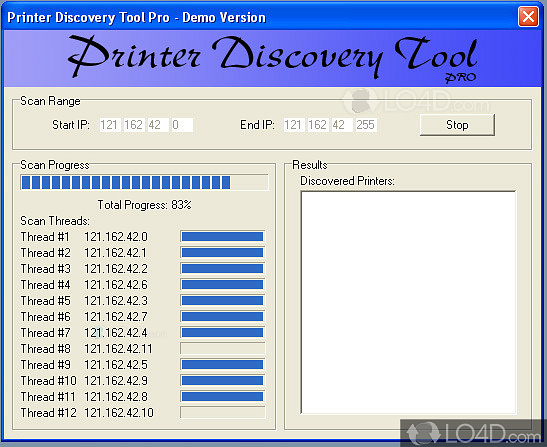



With smart nodes we define embedded systems having physical sensors as interface with real world and software services capable of implementing business logics and algorithms to filter data, expose them to other services for data analytics processes or to increase the shared knowledge of the system and apply event detection mechanisms to identify events of interest to be notified or managed. An important area in this domain is data mining and orchestration of smart nodes. Such characteristics are also shared in terms of modelling and implementation with multi-agent systems that seems a promising approach to manage cyber-physical systems thanks to behaviour driven modelling and encapsulation where it is possible to represent different behaviours depending on different input triggers due to external technical systems, external virtual systems or interaction with human beings, creating in this way a human in the loop ecosystems. Involved in such context there are operation, like distribution, waste management, recycling but it can also be used as a retroaction to improve processes, like data analytics from the perspective of service provider (e.g., smart prognostic and diagnostic to guarantee continuity and continuous improvement of services for the clients).Ĭyber-Physical system key characteristics.Ĭentral characteristics of such systems are intelligence, self-awareness, self-management and self-configuration. Moreover, such pervasive connectivity enables circular economy and smart supply chain systems, simplifying data exchange among different companies and systems involved in different tasks of the end-to-end process. For this reason, it is important to structure end-to-end life-cycle management systems with special attention on configuration management and centralized monitoring systems to tackle such complexity, focusing on legibility and smart human-machine interfaces. The last topic needs special attention since historically there is a different velocity in technology development and EOF management development the interesting aspect with distributed systems, like cyber-physical systems, is that there is no more a monolithic and “time-constant” product, but the product definition is the temporary configuration and state of several atomic entities that in a certain time cooperate and participate in the definition of a more complex ecosystem (also defined holon ) perceived as entire/global system. Cyber-physical systems are the key technology enabling Industry 4.0 and can be applied on different levels in the modern value chain, meaning that it can be used to control and design the product for the end consumer, can be the supporting technology for process control behind the final product creation, can be the technology supporting the smart supply chain or, as recent research demonstrates, can be also a supporting tool to manage the end of life of modern products. The field of cyber-physical systems is an industrial IT and automation research topic that addresses the deep integration of computing, communication and process control with humans in the loop ( Figure 1), with the final goal to define modelling, controlling and programming methodologies for managing industrial mechatronics systems. In the use case section, the prototypes developed as proof of concept and the KPIs used for the system validation are described to provide a concrete solution overview. In the article, we describe the common software architectural pattern in IoT applications we used for the distributed smart sensors, providing also design and implementation details. Indeed, we expect a concrete and deep use of such technologies with 5G spreading. Thanks to the rapid spreading of IoT systems, supported by modern and efficient telecommunication infrastructures and new decentralized control paradigms, the field of service-oriented programming finds new application in wireless sensor networks and microservices paradigm: we adopted such paradigm in the implementation of two different industrial use cases. Our research topic mainly focuses on the area of data mining and analysis by means of multi-agent orchestration of intelligent sensor nodes using internet protocols, providing also web-based HMI visualizations for data interpretability and analysis. The goal of such area is to define modelling, controlling and programming methodologies for designing and managing complex mechatronics systems, also called industrial agents. The field of cyber-physical systems is a growing IT research area that addresses the deep integration of computing, communication and process control, possibly with humans in the loop.


 0 kommentar(er)
0 kommentar(er)
